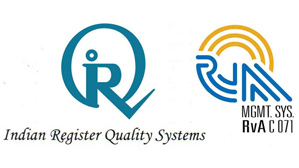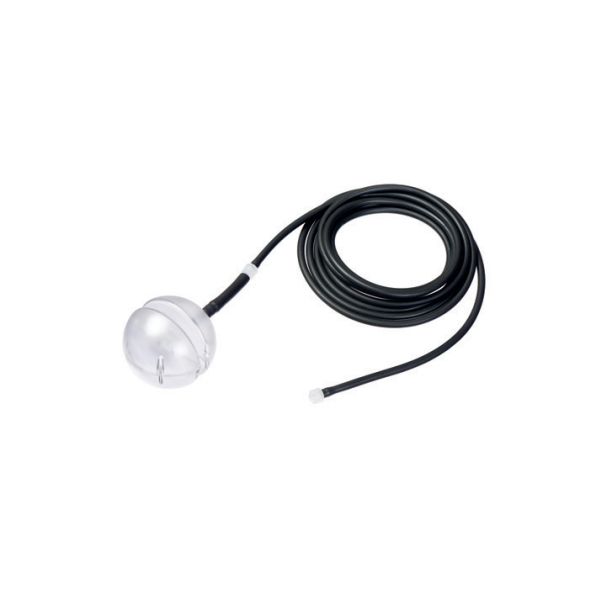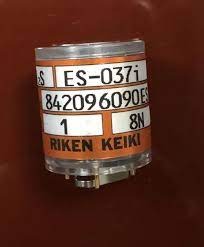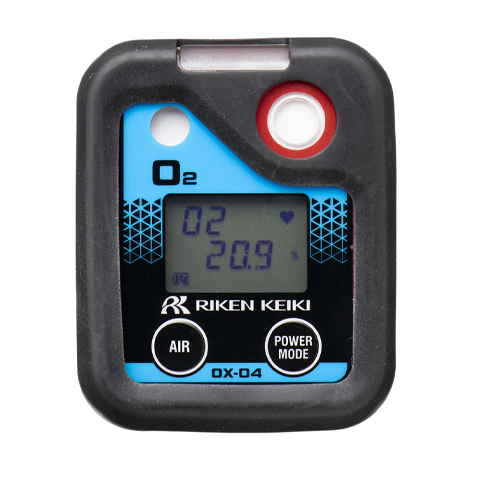Description
Monitoring confined spaces for toxicity and explosion risks
Working in confined spaces and containers like pipelines, silos, ducts and shafts is part of everyday operations in many industries. But before maintenance, cleaning or repairs can take place inside these spaces, any risks facing the workers must be minimized. In general, a risk assessment will determine which specific risks might occur. Common risks include concentrations of toxic or explosive gases and fumes, as well as life-threatening oxygen depletion.
To prevent accidents and protect workers, these confined spaces and containers must be cleared for entry. That means checking and analyzing the concentrations of any hazardous substances that may be present. This is done from outside by using sampling hoses that can be connected to compatible multi-gas detection devices. These hoses enable you to take in gas samples and test them remotely without exposing the testing crew to hazards. The Dräger X-am® 3500 and Dräger X-am® 8000 are particularly well-suited for this type of testing. The Dräger X-am® 2500, Dräger X-am® 5000 and Dräger X-am® 5600 multi-gas detection devices can be used in combination with the Dräger X- am® pump. The Dräger X- zone® 5500 area monitoring device includes an optional built-in pump.
CHOOSING THE RIGHT HOSE
To ensure accurate, reliable testing, the hose must be suitable for use with the testing device. However, there are other important criteria when choosing the right type of hose, especially the test duration and the level of
precision required:
– Volume flow:
of the (built-in) pump being used: The volume flow of the Dräger X-am 3500/8000 is 0.35 l/min.
– Hose length:
Dräger offers hose lengths ranging from 1 to 45 m. All hoses are supported by the pump models mentioned above.
– Hose diameter:
Dräger hoses have an inner diameter of 3 or 5 mm.
– Hose material:
Dräger offers hoses which are made out of fluorocarbon rubber (FKM), polyvinyl chloride (PVC), rubber or polytetrafluorethylene (PTFE, available only with 5 mm inner diameter).
– Gas:
Which gas concentrations are being tested?
TIME IS A RELEVANT FACTOR DURING TESTING
Before each test, the sampling hose must be flooded with the air sample to be tested. The flooding phase is intended to eliminate any interfering factors such as “dead volumes”. Flooding times vary depending on the type and concentration of gas or vapour being tested, as well as the material, length, diameter and age of the testing hose. As a rule of thumb, this approach is recommended: With a dry, brand-new hose, allow the hose to be flushed for about 3 seconds per meter.
During the testing phase, The narrower the hose diameter, the faster the results will be available. For a volume flow of 0.3 l/min, a standard gas such as methane, oxygen or carbon monoxide only takes 1 about 5 seconds to pass through a 10 m hose with an inner diameter of 3 mm. Under the same conditions, it takes the same gas as long as 40 seconds to pass through a 10 m hose with an inner diameter of 5 mm – in other words, almost 3 times longer.
The table below shows other testing times for hose lengths of 10 and 45 metres, at three different volume flows and an inner hose diameter of either 3 mm or 5 mm. In all these cases, the 3 mm hose works more than twice as fast as the 5 mm hose.
FLOW-THROUGH TIMES IN PRACTICE






